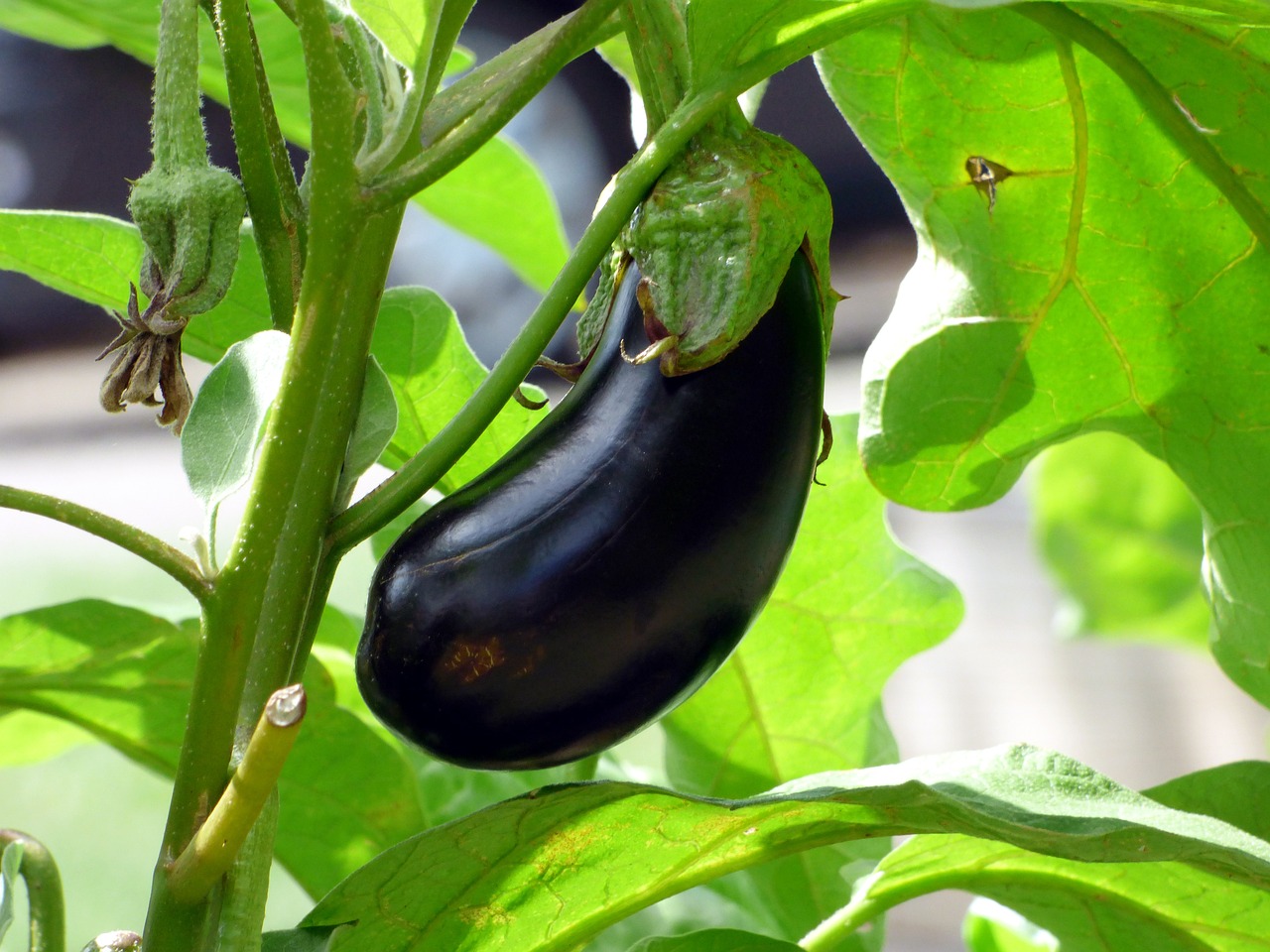The Science of Sourdough: How Fermentation Creates Flavor.
Sourdough bread, a beloved staple in many cultures, is a type of bread made through a natural fermentation process using wild yeast and lactobacilli bacteria present in the flour. This fermentation imparts a unique tangy flavor and chewy texture to the bread, setting it apart from its commercially yeasted counterparts. Sourdough bread is cherished not only for its distinct taste but also for its longer shelf life and potential health benefits compared to other bread varieties.
The traditional method of making sourdough involves creating a starter culture by mixing flour and water and allowing it to ferment over several days to develop the necessary microorganisms for leavening. This starter is then added to a mixture of flour, water, and salt to create the dough, which is left to rise before baking. The slow fermentation process of sourdough not only enhances the flavor and texture of the bread but also helps break down gluten and phytic acid, potentially making it easier to digest for some individuals.
The Role of Microorganisms in Fermentation
Fermentation is a complex process involving the activity of various microorganisms. Yeasts, specifically Saccharomyces cerevisiae, are crucial in converting sugars into alcohol and carbon dioxide. These tiny organisms play a key role in the leavening of bread dough, resulting in airy and light sourdough bread.
On the other hand, lactic acid bacteria, such as Lactobacillus, contribute to the tangy flavor and unique texture of sourdough bread. These bacteria produce lactic acid as they consume sugars in the dough, leading to the characteristic sour taste that sourdough bread is known for. The interaction between yeasts and bacteria is fundamental in the fermentation process, creating the complex flavor profile that sets sourdough bread apart from other types of bread.
What is sourdough bread?
Sourdough bread is a type of bread that is made through a fermentation process using naturally occurring wild yeast and lactic acid bacteria.
How does fermentation play a role in making sourdough bread?
Fermentation is the process by which microorganisms, such as yeast and bacteria, break down sugars in the dough to produce carbon dioxide gas and acids, which help the bread rise and develop flavor.
What are the key microorganisms involved in the fermentation process of sourdough bread?
The key microorganisms involved in sourdough fermentation are wild yeast species, such as Saccharomyces cerevisiae, and lactic acid bacteria species, such as Lactobacillus sanfranciscensis.
How do microorganisms contribute to the flavor and texture of sourdough bread?
The metabolic byproducts produced by the microorganisms during fermentation, such as acids and alcohol, contribute to the unique flavor and texture of sourdough bread.
Can I make sourdough bread at home using naturally occurring microorganisms?
Yes, you can make sourdough bread at home by capturing wild yeast from the environment or using a sourdough starter that contains a combination of wild yeast and lactic acid bacteria.
How long does the fermentation process for sourdough bread typically take?
The fermentation process for sourdough bread can take anywhere from several hours to several days, depending on factors such as temperature, hydration level, and the activity of the microorganisms.





